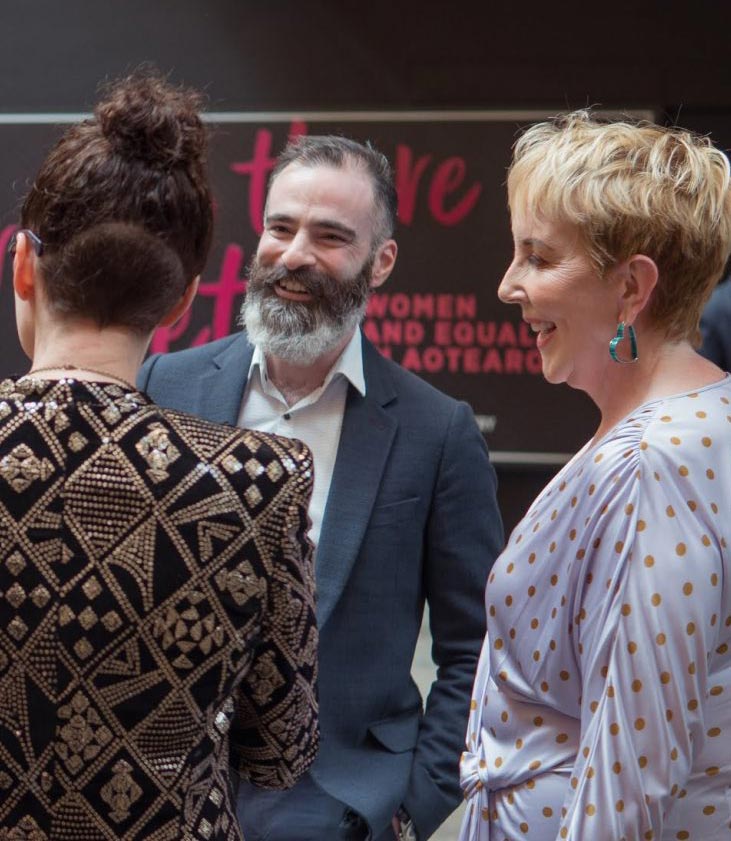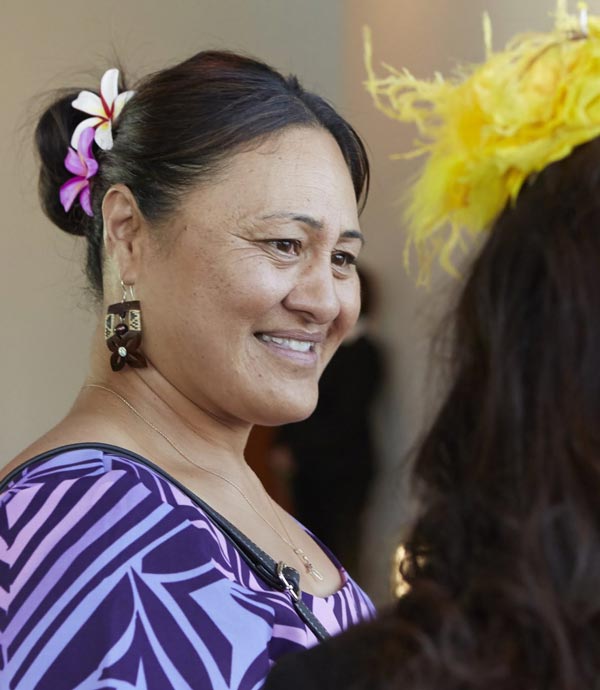New Zealand Policy Research Institute and Global Women partners Mānatu Wāhine – Ministry for Women’s report Gender and Ethnic Pay Gaps: An Industry-level Portrait of Aotearoa provides a sobering and much-needed exposition of pay disparity across a five-year period.
This vital research sheds light on the gender pay gap, the ethnic pay gap, and the aggregated intersectional pay gap across gender and ethnicity in Aotearoa New Zealand. The report both provides a comprehensive account of pay disparities across industries, and an exploration of the structural factors driving these disparities.
The key findings reveal that our two highest paid industries also have the highest gender pay gap and the highest ethnic pay gap as of 2022, with a 15% gender pay gap in the Media & Finance and Professional Services industries, and a 27% Pacific-European pay gap in Professional Services.
Women comprised approximately half the workforce in these two industries, however they were also the industries in which Māori and Pacific workers were most underrepresented. Though Asian workers were overrepresented in both Media & Finance and Professional Services, they were also overrepresented in the two lowest paying industries, Hospitality and Retail.
The gender pay gaps in the female-dominated Healthcare and Education industries were 14% and 13% respectively, on par with the 14% pay gap in the male-dominated Wholesale industry. The Construction industry had the lowest number of women workers overall, and a small negative pay gap.
By tracking trends from 2016 through to 2022, the report also provides insights into the progress that is being made towards closing the gender and ethnic pay gaps over time. While these gaps have been decreasing slowly over time, the rates at which they are decreasing are not uniform across gender, ethnicity, or industry.
According to Stats NZ, the overall gender pay gap is sitting at 8.2% as of June 2024. This decrease is in line with the report’s recorded rate of an overall gender pay gap decrease of 18% over a five-year period. The industry to have the largest decrease over time was Arts & Recreation, with a decrease of 53%. However, the gender pay gap increased by 29% in Healthcare, as well as increasing in Hospitality and Education.
Over the same period of time, the overall Māori pay gap decreased from 16% to 15%, with the greatest pay gap decreases in the Hospitality and Construction industries. However, the Māori pay gap increased in six industries over the same period, with a 66% increase in Media & Finance. The Pacific pay gap decreased from 21% to 19%, and the Asian pay gap decreased from 11% to 10%. As with the gender pay gap and Māori pay gap, both the Pacific pay gap and Asian pay gap experienced differential decreases and increases across industries.
Critically, the report’s overview of pay gaps across gender and ethnicity emphasises the need for an intersectional approach to pay parity. Not only are pay gaps still increasing in certain industries, but the overall decrease in pay gaps is unequal. The ethnic pay gaps across all industries are 13%, 14%, and 8% for Māori, Pacific and Asian women, when compared only with European women. Combining the gender and ethnic pay gaps reveals further disparities: when compared to European men, the Māori women pay gap sits at 23%, the Pacific women pay gap sits at 24%, and the Asian women pay gap sits at 18%.
The report’s comprehensive examination of pay gaps across gender and ethnicity at an industry level further offers insights into where pay disparity is driven more by gender, ethnicity, or both. This research provides an invaluable overview of how and where inequities are institutionalised across sectors, which will enable the production of more effective frameworks through which to address these inequities.



